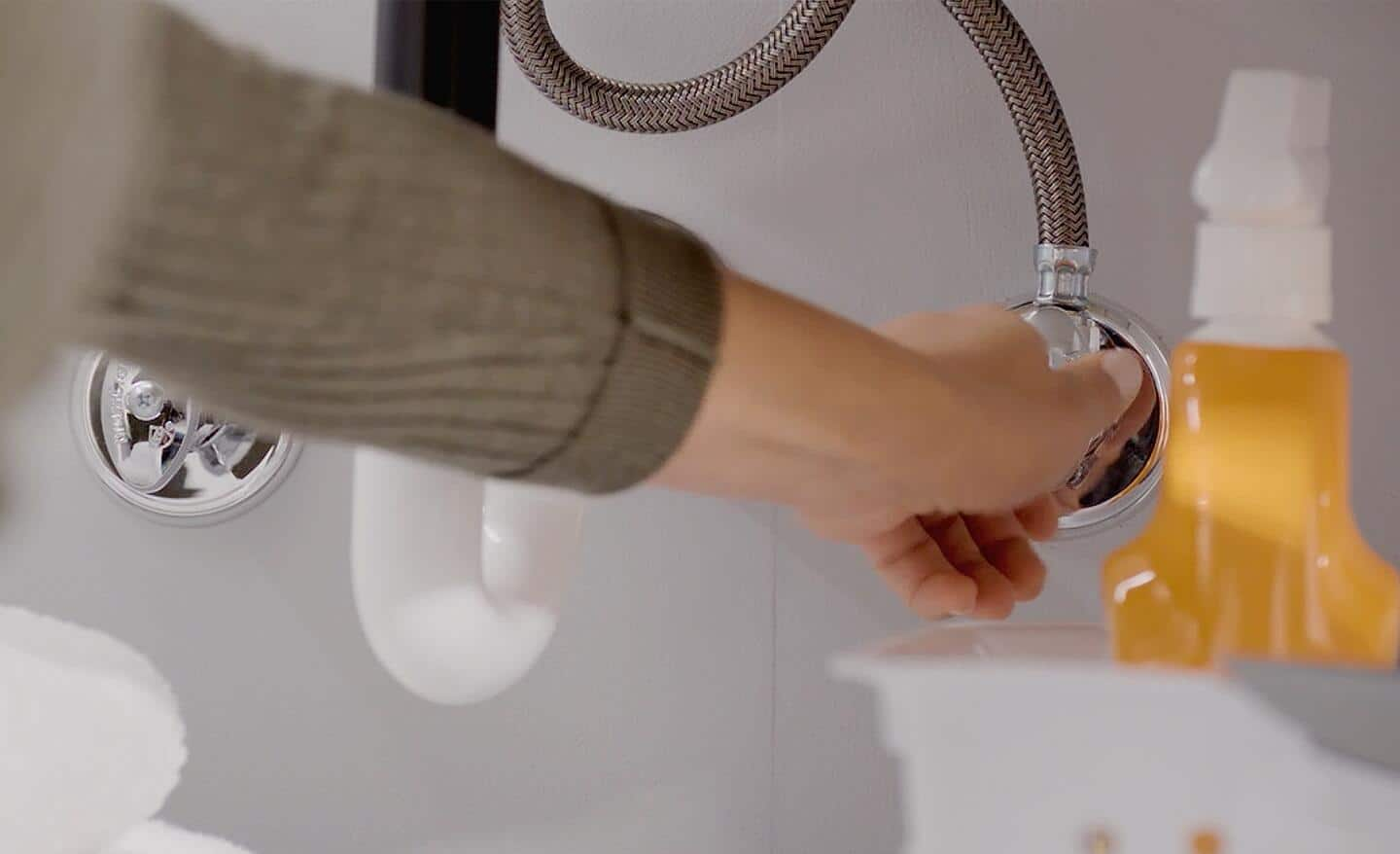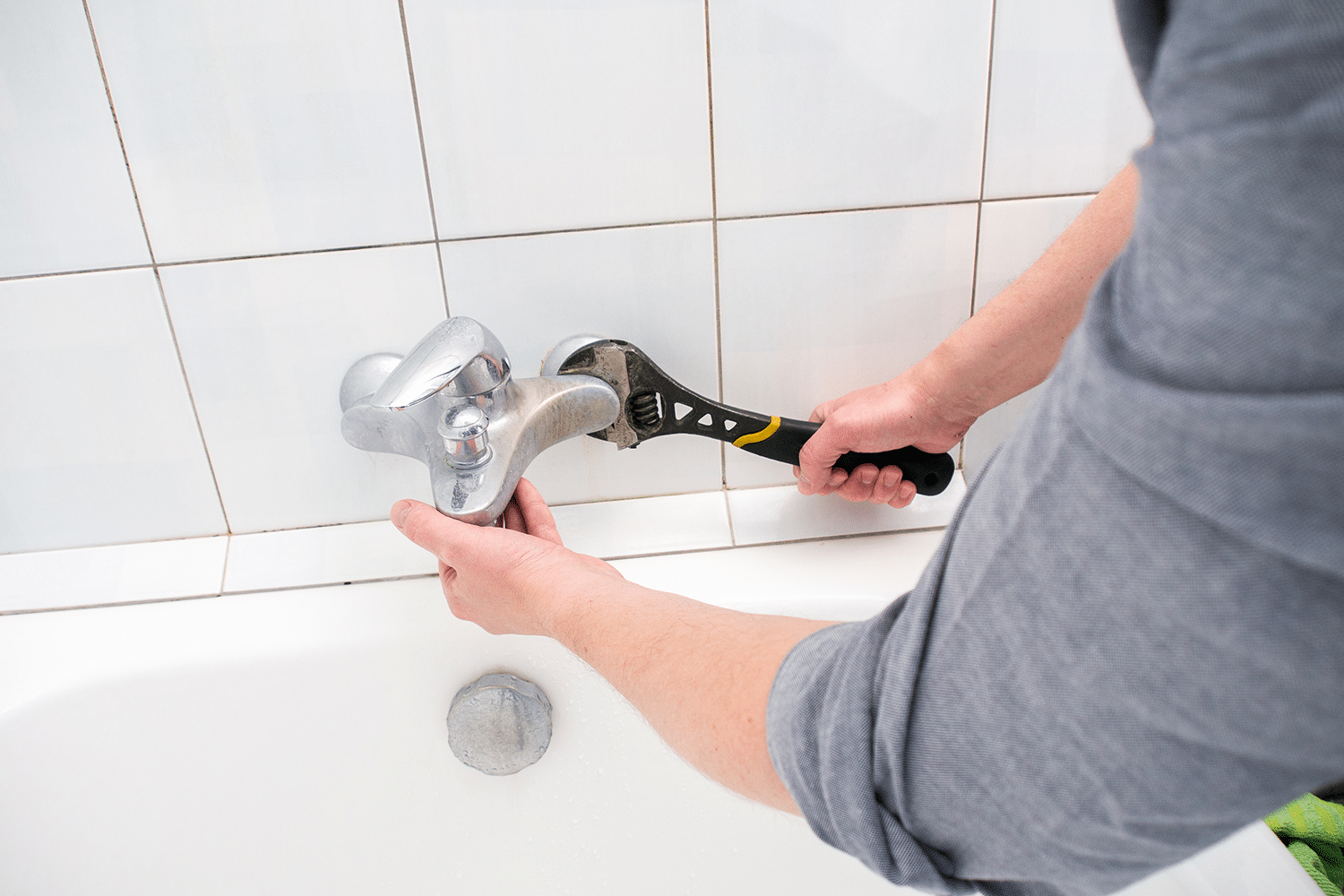Exploring the Relevance of Fixing a Faulty Faucet
Exploring the Relevance of Fixing a Faulty Faucet
Blog Article
Presented here in the next paragraphs you will discover a lot of exceptional tips when it comes to Should I Repair or Replace a Leaky Faucet?.

Trickling taps could appear like a small trouble, however their impact goes beyond just the inconvenience of the sound. From wasting water to incurring unneeded economic expenses and health and wellness risks, ignoring a trickling tap can result in various effects. In this post, we'll explore why it's essential to address this usual family issue promptly and effectively.
Wastefulness of Water
Environmental Impact
Trickling faucets add dramatically to water waste. According to the Environmental Protection Agency (EPA), a solitary faucet dripping at one drip per secondly can squander more than 3,000 gallons of water each year. This not only strains water sources however likewise affects ecological communities and wildlife dependent on them.
Step-by-Step Overview to Repairing a Dripping Tap
Tools Called for
Prior to attempting to take care of a dripping tap, collect the required devices, including a flexible wrench, screwdrivers, replacement components (such as washers or cartridges), and plumber's tape.
Usual Faucet Issues and Their Solutions
Recognize the kind of tap and the particular concern creating the drip. Typical troubles include damaged washers, rusty shutoff seats, or defective O-rings. Refer to producer guidelines or on the internet tutorials for detailed guidance on fixings.
Financial Expenses
Increased Water Costs
Past the ecological impact, leaking taps can pump up water costs substantially. The collected waste over time translates into greater energy expenditures, which might have been avoided with timely fixings.
Potential Property Damage
Furthermore, long term trickling can lead to damage to fixtures and surface areas bordering the tap. Water accumulation can cause discoloration, deterioration, and also structural problems if left neglected, causing added repair costs.
Health and wellness Worries
Mold And Mildew and Mold Development
The constant presence of moisture from a trickling tap develops an ideal environment for mold and mildew growth. These fungis not just endanger indoor air quality but additionally posture health and wellness dangers, especially for individuals with breathing conditions or allergies.
Waterborne Diseases
Stagnant water in dripping faucets can come to be a breeding place for germs and other virus, raising the danger of waterborne illness. Contaminants such as Legionella bacteria grow in stationary water, potentially causing major diseases when consumed or breathed in.
DIY vs. Specialist Repair work
Advantages and disadvantages of DIY Fixing
While some might attempt to fix a dripping tap themselves, DIY repairs feature their own collection of difficulties. Without proper understanding and tools, do it yourself attempts can intensify the concern or cause incomplete fixings, extending the problem.
Advantages of Hiring a Specialist Plumber
Employing a specialist plumber makes certain that the underlying reason for the dripping tap is addressed successfully. Plumbing technicians possess the experience and devices to detect and repair tap concerns effectively, conserving time and decreasing the risk of more damage.
Environmental Responsibility
Private Payment to Conservation
Taking obligation for dealing with leaking taps straightens with wider initiatives toward water preservation and ecological sustainability. Every individual's activities jointly make a significant effect on maintaining precious resources.
Lasting Living Practices
By focusing on punctual repair work and embracing water-saving behaviors, individuals contribute to sustainable living methods that benefit both present and future generations.
Preventive Measures
Routine Upkeep Tips
To stop trickling faucets, carry out routine upkeep such as cleaning aerators, checking for leakages, and changing damaged parts quickly. Furthermore, take into consideration mounting water-saving tools or updating to more efficient fixtures.
Importance of Prompt Services
Resolving trickling faucets as quickly as they're seen stops more water wastage and prospective damages, eventually saving both water and money in the future.
Influence On Building Worth
Assumption of Well-Maintained Residential Or Commercial Property
Maintaining a residential property in good condition, including dealing with maintenance issues like dripping taps, boosts its regarded worth and value among possible buyers or renters.
Influence on Resale Worth
Properties with well-maintained plumbing components, consisting of faucets, command higher resale worths in the property market. Attending to dripping taps can add to a positive perception during home assessments and arrangements.
Verdict
Dealing with a dripping faucet surpasses plain benefit; it's a crucial action toward conserving water, decreasing financial costs, and protecting health and home. Whether with do it yourself repairs or specialist support, acting to fix leaking faucets is a tiny yet impactful method to advertise accountable stewardship of sources and contribute to a healthier, a lot more sustainable future.
How to Fix a Dripping or Leaky Faucet
A leaking faucet is one of the most common problems that homeowners encounter, but it being commonplace doesn’t make it any less annoying. The constant drip drip drip of a leaking bathtub faucet, showerhead, or sink tap can disturb your home’s serenity. Left neglected, a dripping faucet can also result in higher water bills and discoloration or mold growth in your sink or plumbing fixtures.
Fortunately, you don’t have to be a trained plumber to know how to stop a dripping faucet. With some basic tools, replacement parts, and a little patience, leaky faucet repair is a breeze. In this article, we’ll explain what causes dripping faucets and how you can fix them.
What Causes a Leaking Faucet?
Kitchen and bathroom faucets come in all manner of designs, but most involve some combination of valves, O-rings, seals, and washers. The O-ring is usually the weakest link, but any one of these pieces can wear down over time. Heat, moisture, temperature fluctuations, minerals, mold, and movement can contribute to warping and corrosion, breaking the watertight seal. This just comes with the territory of being a homeowner. Everything is always subject to wear and tear, and some component parts of your appliances and fixtures need to be replaced on occasion. At least replacement O-rings are cheap!
More rarely, dripping faucets can be a symptom of excessively high water pressure. Were this the case in your home, you would probably notice that the leak is not isolated to one faucet. Water pressure issues are harder to resolve on your own. We recommend contacting a professional plumber if you suspect your water pressure is too high.
How to Fix a Dripping Faucet
Pipe wrench or monkey wrench Allen wrench set Screwdrivers Old towel or rag Shut off the water.
Before you do anything, you need to turn off the water to keep from drenching your kitchen or bathroom. You should find a valve under the sink and against the wall. Once you’ve turned this valve, try turning the faucet on to confirm that the water source has been cut off.
If you can’t locate your local valve for the faucet you’re working on, you can always shut off the water to the house at the main valve. Of course, this will prohibit anyone from using the sinks, showers, or toilets while you’re working on the faucet that’s giving you trouble.
Plug or block the drain.
You’ll be disassembling the faucet and removing some small bits of hardware. Plug the drain with a stopper or rag to avoid the possibility of a small screw falling into your P-trap.
Take apart the faucet assembly.
There are several varieties of kitchen and bathroom faucets, each with its own manner of assembly. For detailed instructions on how to disassemble your faucet, you can refer to the fixture’s manual or contact the manufacturer. If you know whether you have a ball, disc, cartridge, or compression faucet, you can find detailed schematics online.
In general, you need to begin by removing the faucet handles. You might notice a small screw that you’ll need to remove with a screwdriver or Allen wrench. If you don’t see any visible securing hardware, it’s likely hidden under a decorative cap that can be unscrewed or popped off with flathead screwdriver.
Remove each piece methodically, consulting a schematic when necessary. Take notes or arrange the pieces in such a way to make it easier to correctly reassemble the faucet later.
Remove the cartridge.
Once you’ve removed the handles and securing hardware, you should be able to remove the valve cartridge or stem. Some cartridges will slide right out. Other faucet models will require you to loosen a nut with a pipe wrench before you can remove the valve stem.
Examine the exposed hardware.
With the cartridge or stem removed, inspect the component parts. Check the rubber O-rings for wear and tear. Also examine the seat washer for corrosion or other damage. These pieces are usually the responsible parties for a dripping faucet, but it’s worth inspecting the other component parts while you have the faucet disassembled.
Find replacement parts.
Once you’ve identified which faucet component has failed, find an identical replacement. Your local hardware store should have O-rings, seat washers, and other standard components in stock. If you have a luxury or uncommon faucet, you may have to contact the manufacturer for a replacement part.
It’s a good idea to take your old parts with you to the hardware store so you can compare them with the store’s inventory and be sure you’re purchasing the correct replacement.
Reassemble the faucet.
With your new parts in hand, reconstruct the faucet and handles. Don’t be tempted to overtighten screws or nuts. You might think this could create a better seal, but it can instead damage or bend a delicate part of the assembly and create a new problem for you.
Turn on the water and test the faucet.
The only thing left to do is test your work. Unplug the sink, turn the water back on, and try the faucet. Congratulate yourself on a job well done!
https://www.libertyhomeguard.com/how-to-fix-a-dripping-or-leaky-faucet/

As a serious reader on Leaky Faucets: Why They Happen & What to Do About Them, I was thinking sharing that segment was a good thing. Sharing is nice. You never know, you may be doing someone a favor. Thanks so much for taking the time to read it.
Report this page